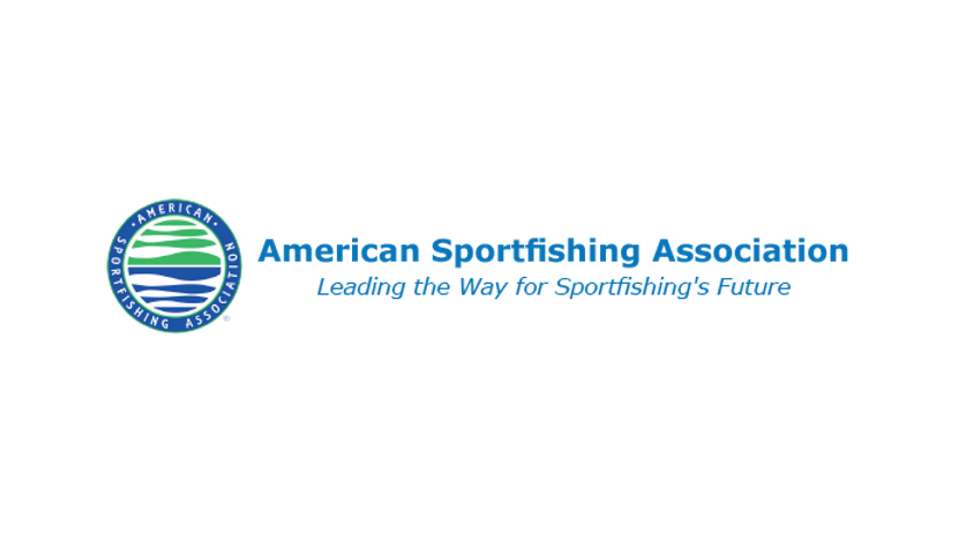
Alexandria, Va. – The American Sportfishing Association (ASA), which represents the sportfishing industry, highlighted what the industry is doing to increase recreational fishing participation during the Recreational Boating & Fishing Foundation’s (RBFF) annual State Marketing Workshop held Dec. 5 and 6, in Atlanta, Ga. ASA staff focused on what the industry can do to support state natural resource agencies in their efforts to increase fishing participation which, in turn, helps safeguard our fisheries through conservation funding and fosters sportfishing commerce.
Barriers to success include legislation that hinders marketing and outreach efforts, limitations on federal funding for marketing purposes and agency-wide commitment to R3 efforts.
A “60 in 60” initiative developed by RBFF and its partners has resulted in a variety of efforts to make fishing more attractive and accessible to more Americans. “60 in 60’s” specific goal is to increase participation in recreational fishing from 45 million anglers in 2016 to 60 million anglers in 60 months (December 2021). To help state natural resource agencies, industry and other stakeholders contribute to fishing’s growth, RBFF developed the R3 recommendations.
Accompanying Hughes was Liz Ogilvie, Vice President and Chief Marketing Officer, Clay Crabtree, Policy Director, and Emily Beach, R3 Director.
On Wednesday afternoon, during an industry session, Hughes highlighted how increased license sales lead to more federal funds from the fishing manufacturers excise tax for state conservation and fishing education programs. The other ASA team members focused on how the industry is assisting with legislative issues; providing an outlet for anglers who want to be involved in advocacy through Keep America Fishing; providing media and other content generators with a comprehensive Media Guide; establishing a structured program for tackle and gear acquisition; and developing a holistic partnership approach to teach fishing in schools.
Hughes concluded, “It’s gratifying to see 48 of our 50 state natural resource agencies represented here along with 11 state directors who want to connect and leverage our collective resources to see more people, particularly our youngsters, enjoying a day on the water. If all segments of our community come together, we can reach our “60 in 60″ goal and strengthen the future of recreational fishing.”
